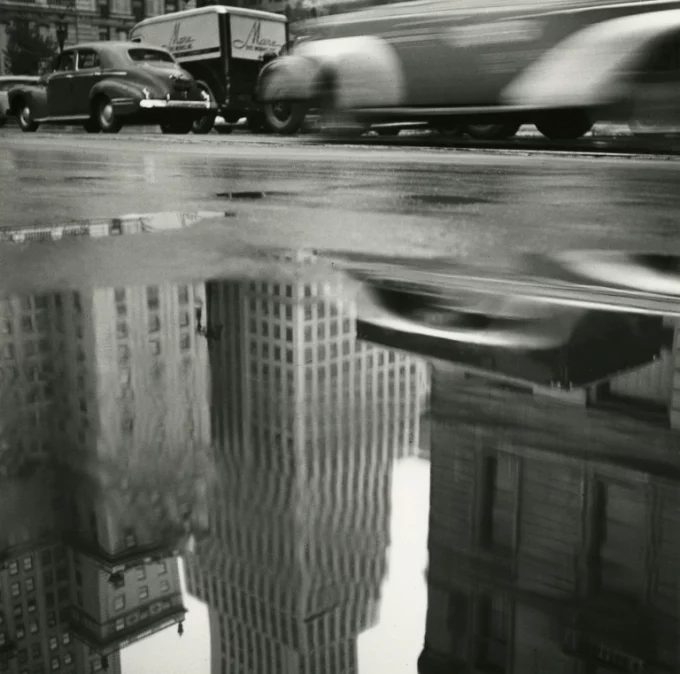Inspiration
Robert Frank
Robert Frank wrote: “Above all, I know that life for a photographer cannot be a matter of indifference. Opinion often consists of a kind of criticism. But criticism can come out of love. It is important to see what is invisible to others.” (Phillips, 2013)
Regarded as a pivotal figure, Robert Frank, was a post-war American photographer who was seen to have radically changed photography at that time.
Early in his career, Frank produced a variety of photographic work for an in-house magazine, occasionally taking on photojournalistic assignments, which allowed him to climb very quickly through the ranks. He eventually came to the conclusion that the photographic industry cared more about profit than the genuine subject of the narrative, consequently, he made a decision to leave. (Gefter, 2019).
Frank found himself changing between documentary style to subject expressionism. The nature of his images was very diverse, focusing on everyday moments like that of “the decisive moment” capturing unvarnished reality. Often producing underexposed and grainy consisting of murky lighting and slanting horizons. He would frame a scene to omit key
details showing people turning away from the camera, the landscape photography was desolate and bleak. (MoMA, n.d.).
Images taken in New York, in 1948, showcase both adults and children. Some of these had a lack of sharpness, he shot these in a deliberate fashion to create movement to achieve an atmospheric effect. Later in the 1950s, Frank travelled from the east to the west coast of the United States resulting in a body of work, namely, The Americans. First published in Paris, in 1958 and the following year in New York, this book is similar to that of a photographic road movie (film). It paints a gloomy social portrait serving as a wake-up call to the whole of America in this time period. (International Centre of Photography, n.d.).
“The car and the road revealed…the needs of a nation’s dream…The hope of a better world, a new life, all of humanities’ dreams and desires are symbolized in the New World by chrome, rubber and steel.” (Day, 2011, p.162).
This black and white photograph above by Frank depicts a road scape. It appears to be taken very low to the ground, encompassing the reflection of the city’s buildings within the puddle of water. This portion of the photograph has taken up the majority of the image; some of the buildings are in sharper focus than others due to movement.
It could be because of how Frank angled his camera to capture the image. In the bottom part of this image, there is a gap between the buildings bringing dazzling white from the sky above to the capture. This seems to cause a distraction from the other elements in the photograph. Viewing the upper section of the photograph you can see a road consisting of vehicles moving along it. The cars on the left-hand side are in focus whereas the car on the right includes movement. This may have been achieved by increasing the shutter speed or focusing on a specific area. I like how the shot was taken from a new perspective. We cannot say if Frank was on the side of the road or on the pavement when he captured this image. (Bunyan, 2022)

